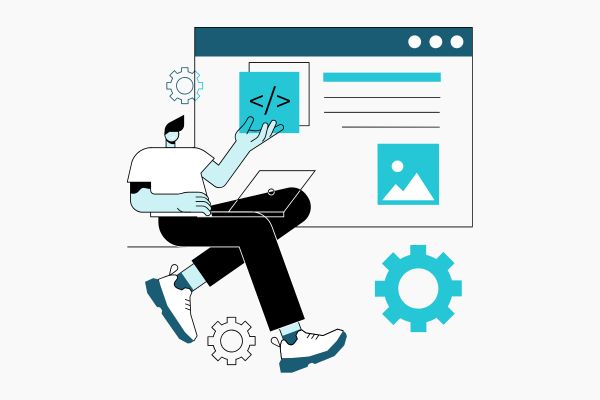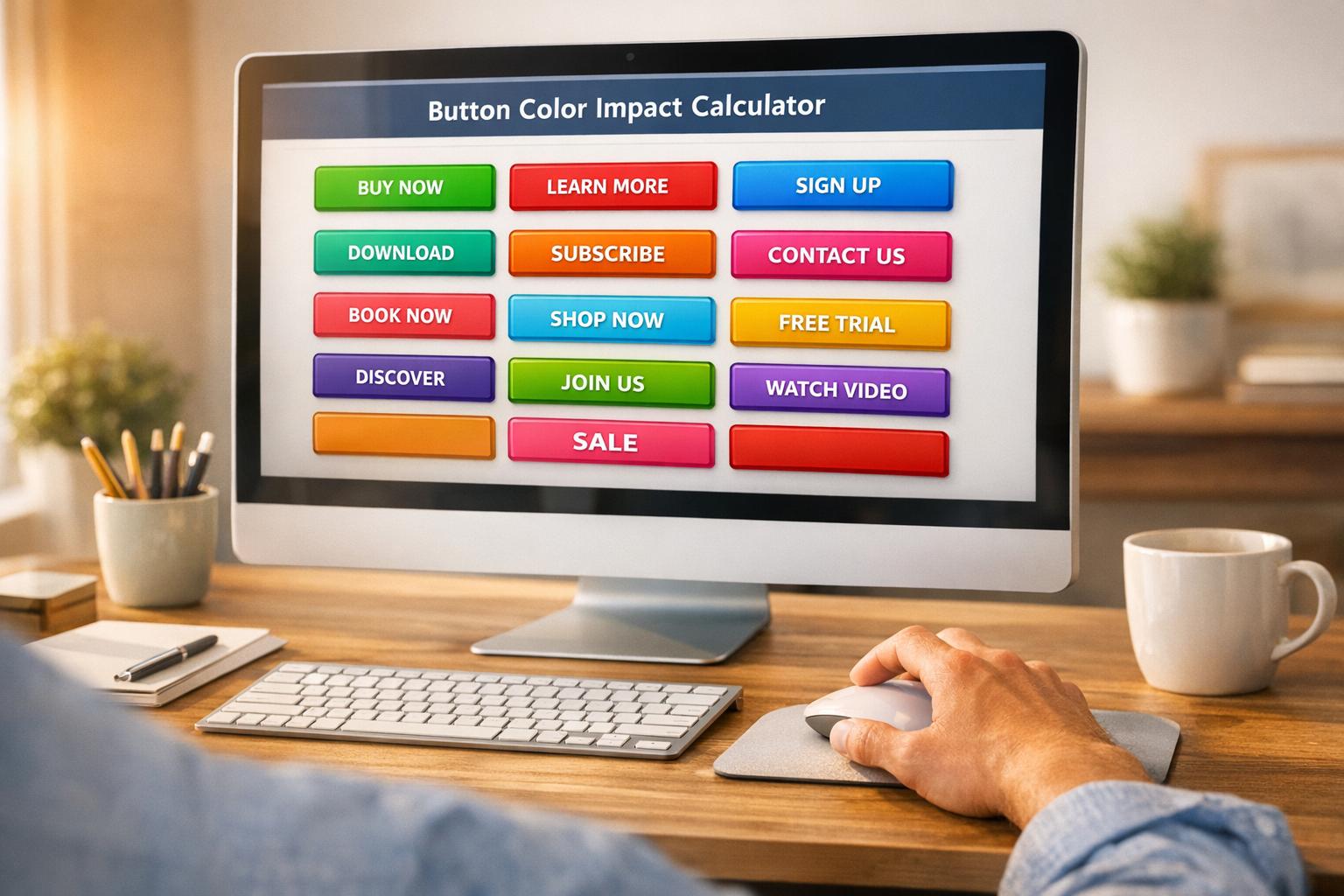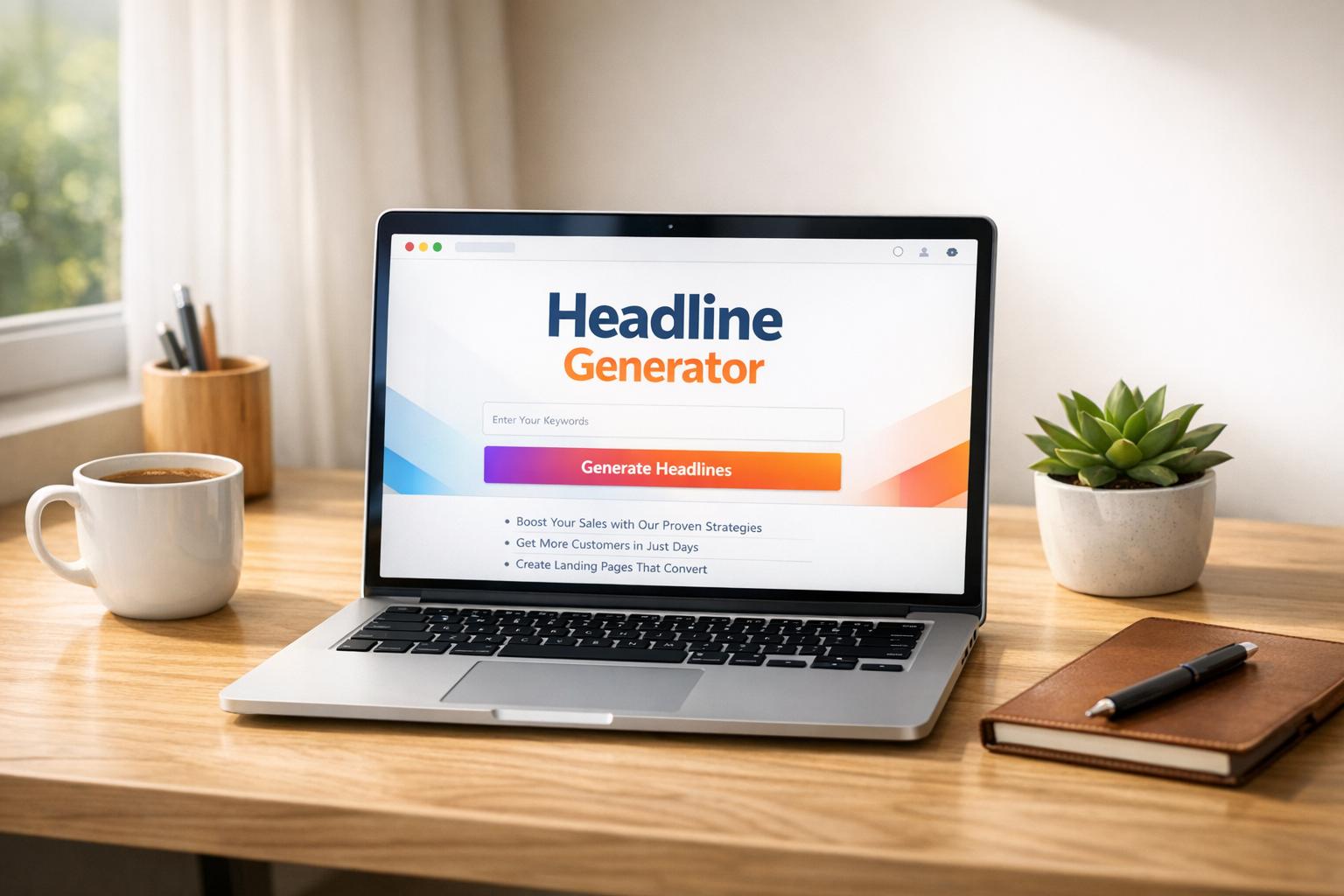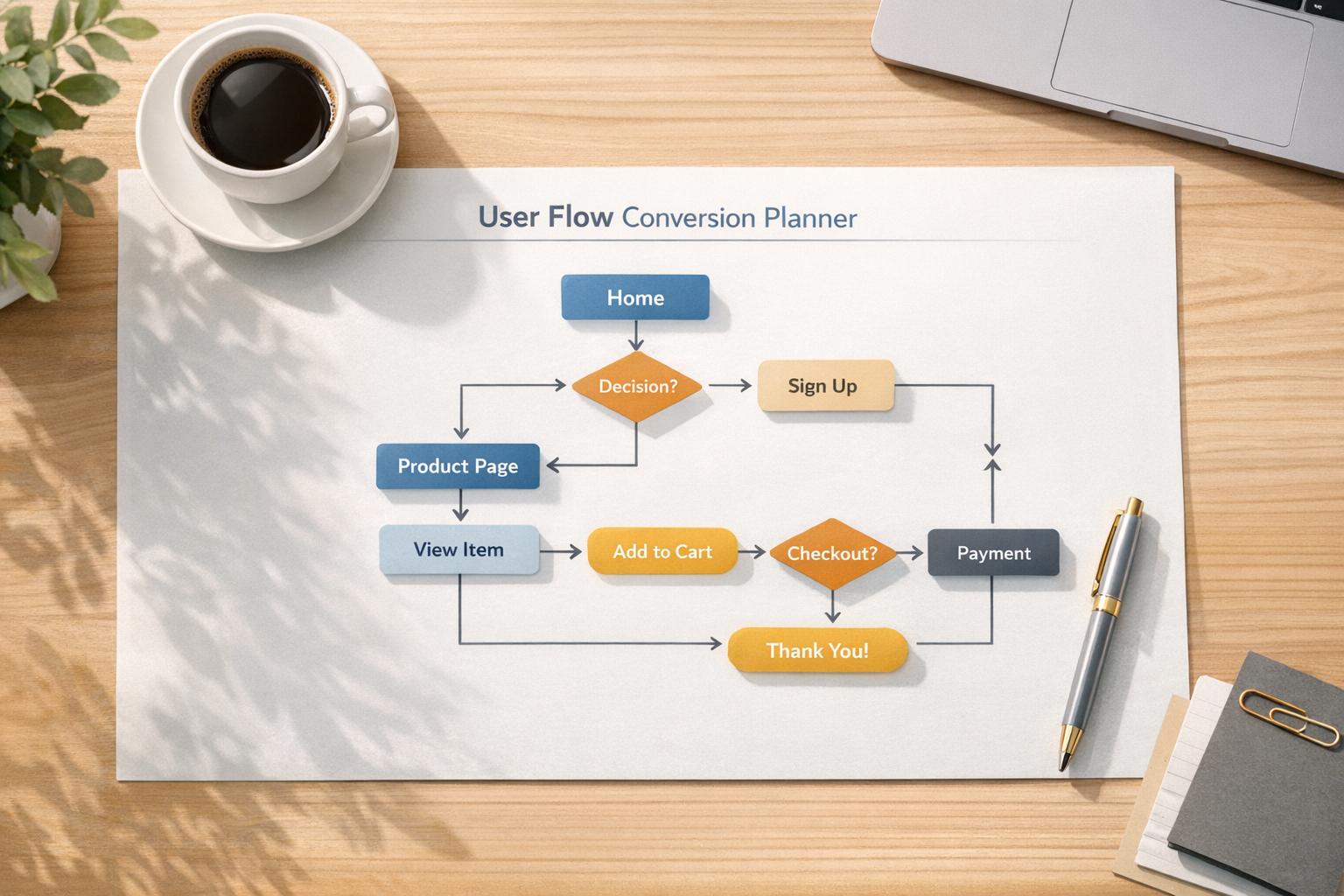

Expert Guide: Image SEO for Search in 2025

Expert Guide: Image SEO for Search in 2025
 18-07-2025 (Last modified: 18-07-2025)
18-07-2025 (Last modified: 18-07-2025)
When we talk about SEO, text content usually gets all the attention. But with visual search and user experience becoming increasingly critical, Image SEO has become a crucial strategy for gaining traffic, boosting engagement, and driving conversions in 2025.
So… We are here to show you how image SEO can easily be added to your SEO strategy! We will share our advice and proven techniques for optimizing your images effectively.
What is Image SEO?
Image SEO refers to optimizing images on your website so they rank highly in search engine image results, attract organic traffic, enhance user experience, and improve your overall site ranking. This practice combines visual appeal, technical optimization, and user-centric improvements to ensure search engines understand and rank your images correctly.

Why Image SEO Matters More Than Ever
Images influence user behavior, engagement, and rankings significantly:
- Articles with images receive 94% more views than articles without (Skyword, 2023).
- 62% of younger consumers prefer visual search over text-based queries (ViSenze, 2024).
- Optimized images improve page load times, directly boosting SEO and user experience.
Becky Halls, a UX and SEO specialist, puts it simply:
“Visual content isn’t just decoration, it’s a critical part of digital experience. Optimized images deliver faster load times, higher rankings, and higher user engagement.”
Essential Techniques for Effective Image SEO
1. Use High-Quality, Relevant Images
Quality and relevancy directly influence user satisfaction and search ranking:
- Choose images directly related to your content.
- Prioritize original photos over generic stock images.
- Ensure images align with user intent and enhance your page’s message.
Ian Naylor, SEO expert and founder, emphasizes:
“Google rewards originality and relevance. Invest in custom imagery as it pays dividends in SEO and engagement.”
2. Image Compression and Format Selection
Image size directly impacts load speed, affecting user experience and ranking.
- Compress images to reduce file size without sacrificing quality (Aim for under 100KB).
- Use WebP or AVIF formats for optimal compression and quality.
Stat Alert: Websites that compress images see a 30% faster load speed, significantly improving Core Web Vitals (Google, 2024).
3. Optimize Image File Names
Descriptive file names help search engines understand your images better.
- Instead of “IMG2023.jpg,” use descriptive names like “elderly-man-holding-phone.jpg.”
- Include relevant keywords naturally without keyword stuffing.
4. Leverage Alt Text for Accessibility and SEO
Alt text describes images for screen readers and search engines, boosting accessibility and ranking.
- Keep alt text concise and descriptive (under 125 characters).
- Include relevant keywords, but focus primarily on clarity.
Example: Good alt text: “Three woman happily walking along pavement.”

5. Structured Data and Schema Markup
Structured data (schema) helps Google understand image content clearly, improving chances for rich results.
- Use schema markup for product images, recipes, or informational visuals.
- Schema enhances your chances of appearing in rich snippets, improving visibility.
6. Responsive and Mobile-Friendly Images
Google prioritizes mobile-friendly sites.
- Use responsive images to ensure fast loading and proper display on all devices.
- Test image responsiveness with a free Mobile-Friendly Test tool.
Quick Fact: Mobile searches account for nearly 60% of all online traffic (Statista, 2024).
7. Utilize Image Sitemaps
Dedicated image sitemaps clearly signal your images’ relevance and location to search engines.
- Include images in XML sitemaps or create separate image sitemaps.
- Submit sitemaps through Google Search Console for faster indexing.
8. Image Loading Strategies: Lazy Loading & CDN
Speed is crucial for SEO:
- Implement lazy loading to prioritize initial content and load images as needed.
- Use Content Delivery Networks (CDNs) to deliver images faster worldwide.
Image SEO in Action: Real-Life Example
Etsy significantly improved their image SEO by optimizing images for load speed and using highly descriptive alt texts, seeing a 15% boost in organic traffic from image search alone (Etsy Case Study, 2024).
Essential Image SEO Metrics to Track
- Image Search Traffic: Monitor through Google Search Console.
- Load Speed: Track through Google’s PageSpeed Insights.
- Bounce Rate & Dwell Time: Improved images lead to better engagement metrics.
Common Image SEO Mistakes to Avoid
- Ignoring alt text or using overly generic descriptions.
- Uploading oversized or uncompressed images.
- Using irrelevant or poor-quality visuals.
Ian Naylor highlights a crucial insight:
“Ignoring image SEO is like ignoring half your audience. Visual search and multimedia content are reshaping how we experience the web – don’t get left behind.”
FAQs on Image SEO
Q: How important are images for overall SEO?
A: Extremely. Optimized images improve load speed, user engagement, and overall SEO rankings.
Q: Do image file names really impact SEO?
A: Yes. Descriptive, keyword-rich file names improve visibility in image searches.
Q: What’s the ideal image size for SEO?
A: Generally, aim to keep images under 100KB. Use compression and modern formats (WebP, AVIF) to achieve optimal size and quality.
Q: Does alt text really matter?
A: Absolutely. Good alt text improves accessibility, user experience, and helps search engines understand your images better.
Q: Should I use schema markup for images?
A: Definitely. Schema markup clarifies your image content to Google, increasing the chances of enhanced visibility in rich snippets.
Final Thoughts
Effective Image SEO isn’t just nice to have – it’s essential. By mastering these techniques, you’ll not only improve your SEO rankings but also create a superior user experience that keeps visitors engaged.
Invest in original, high-quality visuals, optimize every image element thoughtfully, and watch your content’s visibility soar. Remember, in 2025, visual content isn’t just decoration, it’s your ticket to digital dominance.
say hello to easy Content Testing
try PageTest.AI tool for free
Start making the most of your websites traffic and optimize your content and CTAs.
Related Posts

 25-12-2025
25-12-2025
 Ian Naylor
Ian Naylor
Button Color Impact Calculator
Boost conversions with our Button Color Impact Calculator! See how color choices affect user behavior and get tailored tips for your website.

 23-12-2025
23-12-2025
 Ian Naylor
Ian Naylor
Landing Page Headline Generator
Struggling with headlines? Use our free Landing Page Headline Generator to create catchy, tailored titles that convert your audience!

 22-12-2025
22-12-2025
 Ian Naylor
Ian Naylor
User Flow Conversion Planner
Map out your website user flow with our free planner tool! Optimize conversions by visualizing drop-off rates and getting actionable tips.

